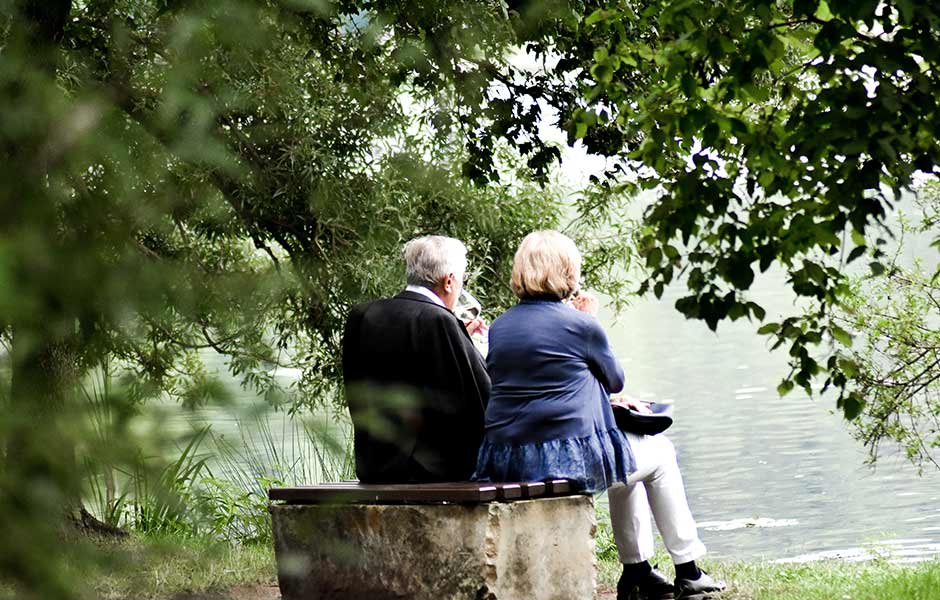When Canada’s Minister of Immigration Ahmed Hussen stood before the gathered press in Toronto last week to reveal and explain the government’s new Multi- year immigration plan, he was keen to point out that the majority of the nearly one million permanent residents to be admitted to Canada over the next three years would be economic migrants. The next largest broad category, however, will be newcomers who arrive under the family class programs.
It has been two years now since the governing Liberal Party won office in Ottawa from the Conservatives, and nearly a year since Hussen took over as head of Immigration, Refugees and Citizenship (IRCC) from his predecessor, John McCallum. The strategy to grow the intake of Family Class immigrants may be seen as the latest in a succession of developments put in place over the last two years to make the process of sponsoring a loved one, or being sponsored, simpler than before.
Under this broad Canadian immigration category, citizens and permanent residents of Canada may sponsor their foreign spouse, common-law partner, dependent child(ren), parent(s), or grandparent(s). Over the next three years, Canada intends to welcome around 265,500 such persons as new permanent residents, to unite them with their family members in Canada.
Processing times down
In a news release last week, IRCC stated that this increased target intake ‘will create the space needed to reduce backlogs and decrease processing times for families sponsoring spouses, children, parents, and grandparents.’
This projection ties in with the government’s goal to reduce processing times, with a particular effort for spouses and common-law partners being sponsored while residing in Canada. In December, 2016, and to much media attention, then-Minister of Immigration McCallum announced that processing times for inland sponsorship would be halved, from 24 months to 12 months. As of today, this target is being met in the majority of cases.
Extension of work permit pilot program
The extension of this popular pilot program has meant that many sponsored persons residing in Canada can sustain themselves and their families economically while their application for permanent residence works its way through the system. Work permit holders can remain engaged with the Canadian labour market, rather than having to wait, a factor that may also benefit their career prospects over the long term.
Conditional PR provision removed
Another move that makes settlement in Canada easier for some sponsored newcomers took place last April, when the government removed the conditional permanent residence.
However, by 2017 the Liberals had resolved that while cases of marriage or relationship fraud exist, the majority of relationships are genuine and most sponsorship applications are made in good faith. An additional concern that led to the removal of the provision was that vulnerable sponsored spouses or partners may have stayed in abusive relationships because they are afraid of losing their permanent resident status, even though an exception to the condition existed for those types of situations.
Definition of dependent child changed
For Canadian immigration purposes, between August, 2014 and October, 2017 an individual applying for permanent residence could include dependent children under 19 years of age on their application. Leading up to the 2015 federal election, the Liberal manifesto stated that increasing the age definition of dependency for immigration to under 22 years of age would be a priority. This change finally came into effect on October 24, 2017.
Higher PGP intake, new process
The Parental Sponsorship Program is part of the Family Class category. Through the PGP, Canadian citizens and permanent residents may sponsor foreign parents and grandparents to immigrate to Canada as permanent residents.
The final PGP application intake cycle under the Conservatives took place in early 2015 and allowed for 5,000 applications to be accepted for processing. At that time, the program operated on a first-come, first-served basis, a process that the Liberals continued into 2016. However, the new government doubled the intake to 10,000 applications. Then for 2017 a new application process was revealed, whereby potential sponsors first declared their interest in the program before the government selected at random those who could go on to submit an application. Later in the year, the government issued more invitations to apply for the PGP, in line with the target intake for the year.
Under the government’s new multi-year immigration plan, there is to be a gradual, steady increase in the number of admissions under the PGP so that by 2020, around 21,000 new permanent residents will be admitted through the program. This will allow IRCC to whittle down the backlog of submitted applications awaiting processing, while also providing scope for new applications to be submitted in future application cycles.




